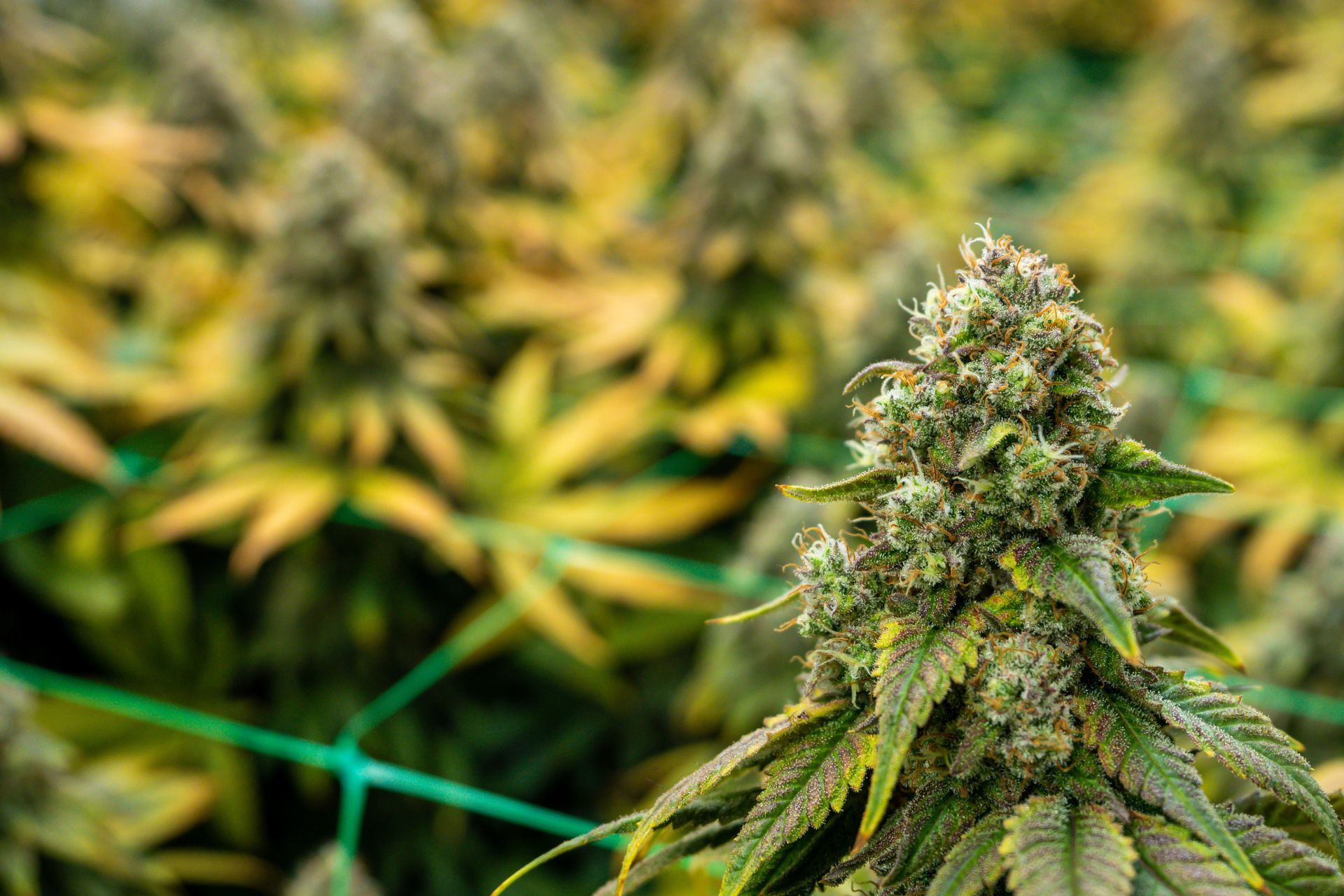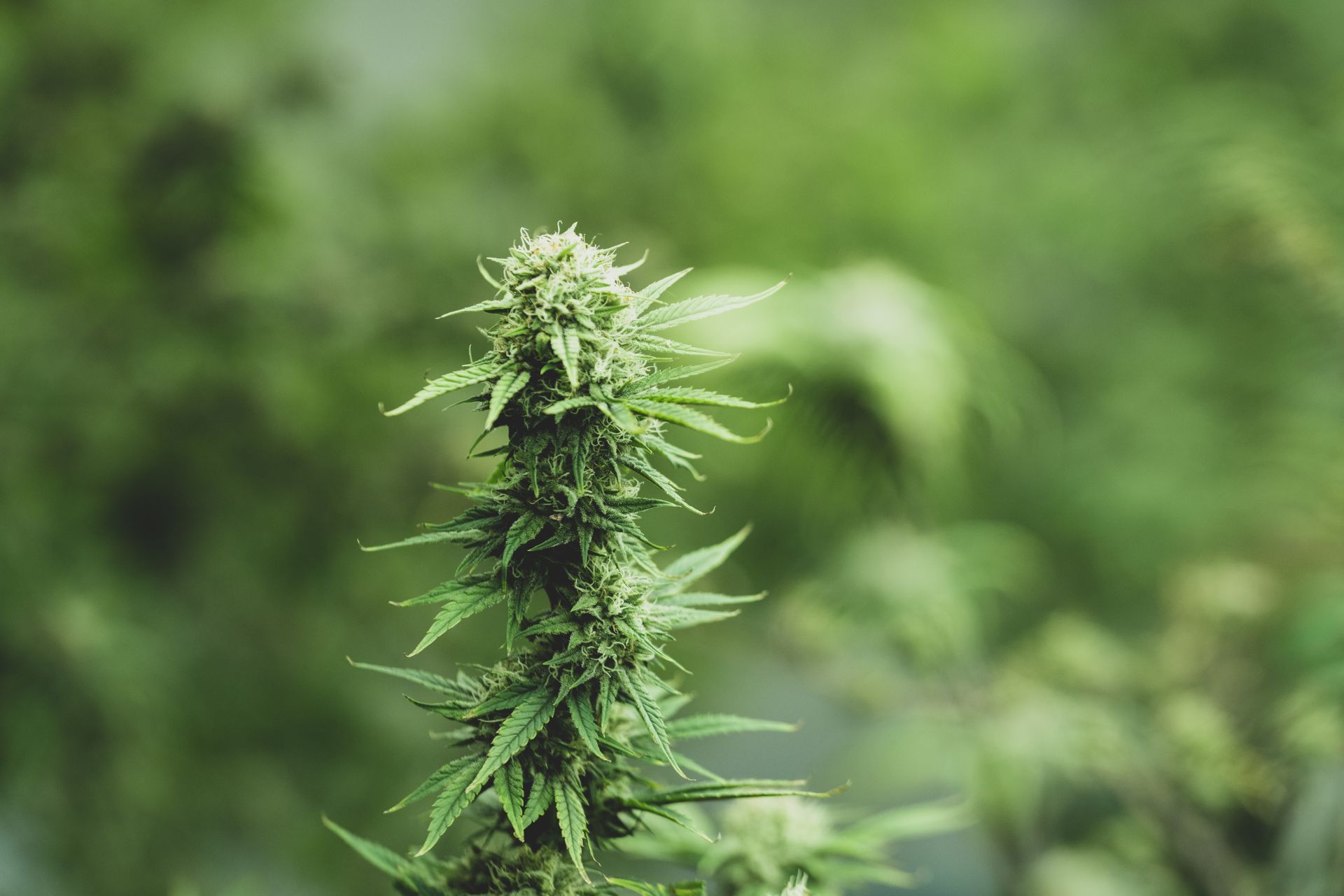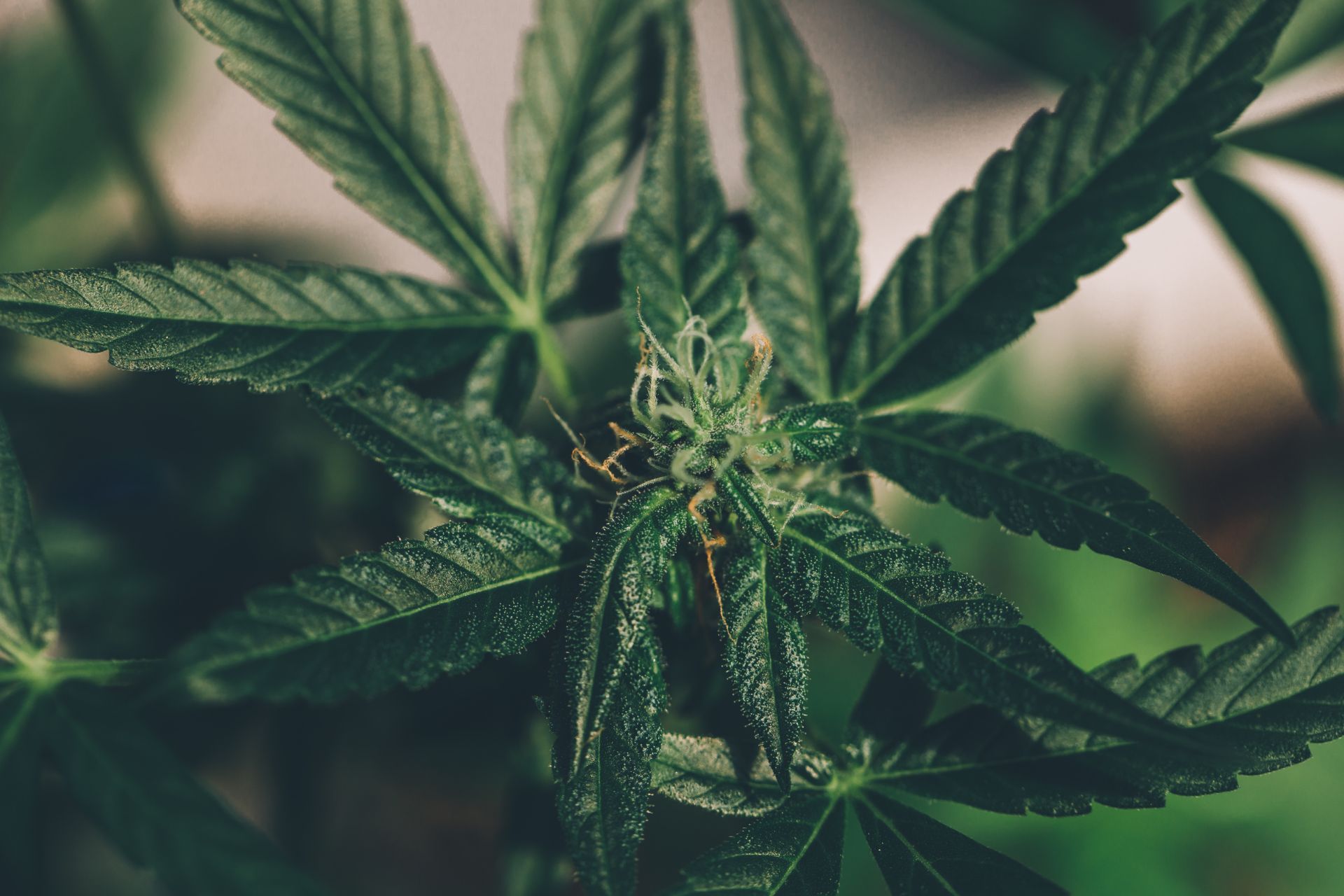The Impact of Federal Banking Laws on Cannabis Insurance Access
See How We're Different
or call us: (215) 653-8411
Handling large amounts of cash is a daily reality for many cannabis-related businesses (CRBs). This cash-only model is not just inconvenient-it carries real risks that ripple through every aspect of their operations, especially when it comes to insurance. About 70% of these businesses operate without any formal banking relationship, which complicates their ability to secure adequate insurance coverage and manage risks effectively according to the National Association of Insurance Commissioners (NAIC).
Why Cannabis Businesses Struggle with Banking Access
Because of these restrictions, most cannabis businesses are forced to operate as cash-only entities. This not only increases operational risks but also complicates financial management and transparency. The NAIC highlights that these banking restrictions are a direct result of federal regulations, which prevent many cannabis businesses from establishing formal banking relationships (NAIC).
Experts from the American Bar Association note that this federal-state conflict creates ongoing tension, especially in banking laws, which affects how cannabis companies can manage their finances safely and legally (ABA).
The Risks of Cash-Only Operations
Operating with large quantities of cash presents significant security risks. Cannabis businesses become prime targets for burglaries and theft, which in turn increases their insurance risk profile. The American Bar Association highlights that these businesses are particularly vulnerable due to the amount of cash they must keep on hand (ABA).
Impact on Insurance Access and Costs
Insurance coverage is vital for cannabis businesses, which face unique risks ranging from product liability to property damage. However, the banking restrictions tied to federal laws create a domino effect that hampers insurance access. The NAIC report emphasizes that these banking issues are a significant barrier to obtaining comprehensive insurance policies (NAIC). Moreover, the absence of a robust banking system forces these businesses to operate in cash, which not only increases the risk of theft and fraud but also complicates the claims process when incidents occur. Insurers are often hesitant to cover businesses that lack proper financial infrastructure, as this can lead to disputes over claims and payments.
Financial Performance and Market Implications
A study published in the Journal of Business Economics found that the lack of banking access for marijuana businesses negatively impacts their financial performance. Specifically, the study noted a significant negative portfolio return of −5.92% in the days following key events related to banking restrictions (Journal of Business Economics). This financial strain can limit a business’s ability to invest in risk management and insurance coverage. As a result, many cannabis companies may find themselves in a precarious position, unable to secure the necessary resources to mitigate risks effectively, which can lead to increased liabilities and potential losses.
Legislative Efforts and What They Mean for Cannabis Banking
Recognizing these challenges, a bipartisan coalition of state attorneys general recently urged Congress to pass the SAFER Banking Act. This legislation aims to provide legal clarity for banks to serve state-regulated cannabis businesses without fear of federal penalties. The Colorado Attorney General’s Office has been a vocal supporter of this reform, highlighting its potential to transform cannabis banking (Colorado Attorney General's Office).
Why Rescheduling Cannabis Won't Solve Banking Issues
Some experts have suggested that reclassifying cannabis to Schedule III might ease banking restrictions. However, recent analysis from Cannabis Business Times points out that rescheduling alone will not solve banking problems. Federal anti-money laundering laws would still apply, meaning banks would remain cautious about serving cannabis businesses (Cannabis Business Times).
The Broader Economic Impact
The legal cannabis market is a major economic force. In 2024, U.S. legal cannabis retail sales reached $30.1 billion, supporting approximately 425,000 jobs nationwide (Colorado Attorney General's Office). Despite this growth, the banking and insurance challenges limit the industry's full potential. The burgeoning market not only contributes to job creation but also generates significant tax revenue, which can be reinvested into public services such as education and infrastructure. States that have legalized cannabis have seen an influx of funds that can help address pressing social issues, including homelessness and addiction treatment programs.
Insurance and Risk Management Moving Forward
Frequently Asked Questions
Q: Why do most cannabis businesses operate as cash-only?
Q: How does operating with cash affect cannabis business insurance?
Q: What is the SAFER Banking Act?
Q: Will rescheduling cannabis to Schedule III solve banking problems?
Q: How large is the legal cannabis market in the U.S.?
Q: What risks do cannabis businesses face by handling large amounts of cash?
A: They face increased risks of burglaries and theft, which can lead to higher insurance claims and premiums. Moreover, the presence of large cash reserves can attract not only criminals but also regulatory scrutiny, as authorities may question the legitimacy of cash transactions. This environment necessitates cannabis businesses to implement robust security protocols, including surveillance systems and
employee training on cash handling, to mitigate these risks and protect their assets.

Article By: Deb Sculli
Cannabis Insurance Specialist




